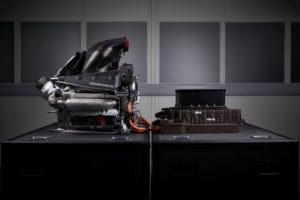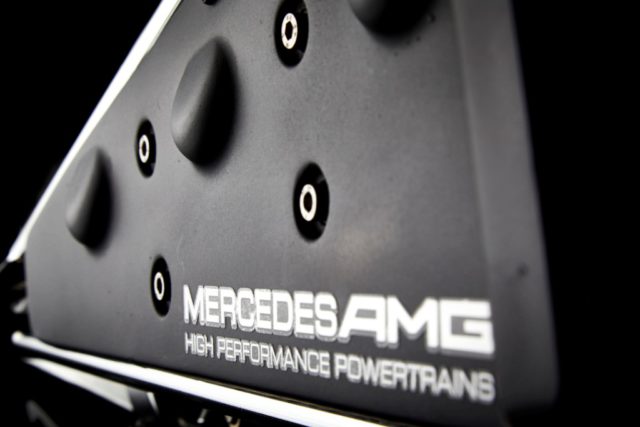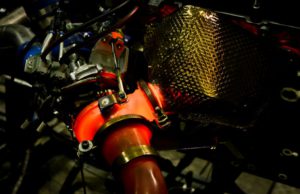For decades, Formula One has been dubbed the “fastest R&D lab on Earth”. The notion was that motor racing technology would sooner or later trickle down to the road car world. While that was certainly the case for some innovations and inventions, it was not necessarily true on a large scale. The challenges of Formula One were often too specific or the cost for industrial-scale production too high to introduce certain technologies in production vehicles. This, however, has changed in recent years.
Since the introduction of full hybrid powertrains, F1 technology has become more relevant for road cars than it has ever been before. But it is also true for other parts of the car – especially in the world of bits and bytes. Here is the first of five reasons, presented by Mercedes, why now, more than ever before, Formula One is at the forefront of technology – from road cars to consumer electronics, from medical technology to smart cities.

Hybrid engines – Formula One makes efficiency mean power
From an engineering point of view, the hybrid power units used in Formula One are truly mind-blowing in terms of their thermal efficiency – in other words, their ability to convert fuel energy into useful work. Nicolaus Otto developed the internal combustion engine in 1876. That engine had a thermal efficiency of about 17 per cent. That means that only around 17 per cent of the energy in the fuel was converted into useful work.
In 2013, one year before the introduction of hybrid power units in Formula One, the thermal efficiency of an average road car reached roughly 30 per cent. That means that only about one third of the petrol in the car was used to propel it. In the summer of 2017, the staff at Mercedes-AMG High Performance Powertrains in Brixworth, UK ran a Mercedes-Benz F1 power unit on their dyno. And it showed an astonishing number. The F1 M08 EQ Power+ power unit reached a thermal efficiency of over 50 per cent. And that makes it one of the most efficient internal combustion engine ever!
F1 hybrid power units are not just very efficient
they also have made considerable contributions to battery technology. The first energy recovery system was used for development testing in 2007. Its energy store weighed 107 kilograms and achieved 39 per cent efficiency. Since then, the Brackley engineers reduced the weight by over 80 per cent. Today, the lithium-ion battery energy store has a 20 kg minimum regulation weight. The efficiency has increased by 57 percentage points, reaching 96 per cent today. At the same time, the energy density has doubled while the power density has increased 12-fold.
The research that has gone into making an F1 car as performant as possible does not just give the team an advantage on the track, it also helps to make road cars more efficient; the same learnings that deliver improved power for racing can also be applied to improving fuel consumption in the road-going environment.































